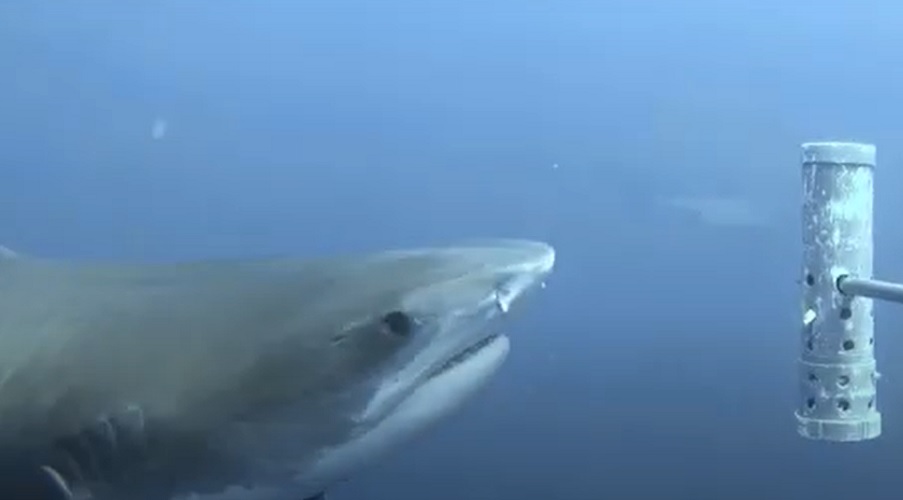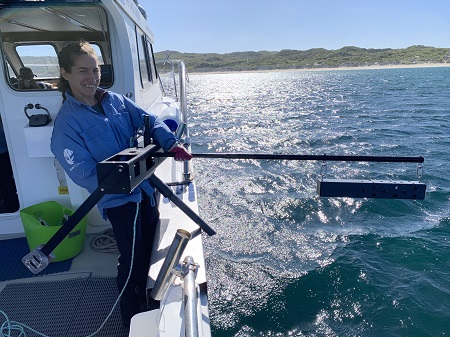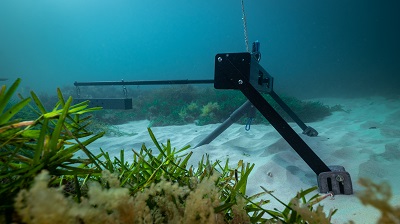Data from baited remote underwater video systems (BRUVS) are now available on FishBase, the world’s online encyclopedia on fish.
As of April 2021, users accessing www.fishbase.org will be able to download BRUVS data when doing searches by species, family or country/island.
In detail, users can now obtain all records of any species of interest in terms of where they were observed across the samples, how many and how large. For some locations, time-series data are available on diversity, abundance, size and biomass.
The BRUVS tool also provides records of all species at a given location or multiple locations to better understand their associations in the open ocean environment. Since these data are geolocated and many were collected within new marine protected areas, it is also possible to benchmark them and look at changes through time as new surveys are logged on FishBase.
To add BRUVS data onto FishBase, scientific and tech teams from Quantitative Aquatics, FishBase and the University of Western Australia, with support from the Minderoo Foundation, worked together to provide the database with a targeted access mechanism to 1000 TB of video comprised of 150,000 records of more than 250 species from over 30 locations globally. This information is stored on UWA’s Institutional Research Data Store and other open-access video repositories.
“The Marine Futures Lab has pioneered the extension of video-based sampling to the open ocean and we are delighted to see all of our data now publicly available through FishBase, a trusted platform for information on fishes,” said Jessica Meeuwig, member of the steering committee overseeing this project and director of the Centre for Marine Futures at the University of Western Australia. “We look forward to transferring all of our data from our seabed BRUVS, curated over the last 15 years and encourage our colleagues to make their data similarly available to the global research community.”
In addition to the BRUVS data themselves, users can also access metadata related to the exact time and coordinates where the images were recorded.
“As a PhD student, I painstakingly collected data in support of my thesis,” said Andrew Forrest AO, co-founder and chair of Minderoo Foundation. “I am convinced that the fastest way to make progress on ocean conservation is to share data. By sharing data, we can enhance transparency, reduce duplication of research efforts, and inform the scientific community globally. This will speed up the translation of data into knowledge and support better decision-making to improve the health of our oceans.”
For Deng Palomares, chair of the BRUSnFB project steering committee and member of the FishBase board of trustees, bringing this project to life has meant breaking with a status quo in which most BRUVS data languish on the computer hard disks of individual researchers or on poorly known online platforms whose data are accessible only with permission.
“Scientific progress flourishes through data sharing and as such, there is a need to expand unrestricted access to BRUVS data by making it accessible to the 500,000 unique users who visit FishBase each month,” Palomares said.





